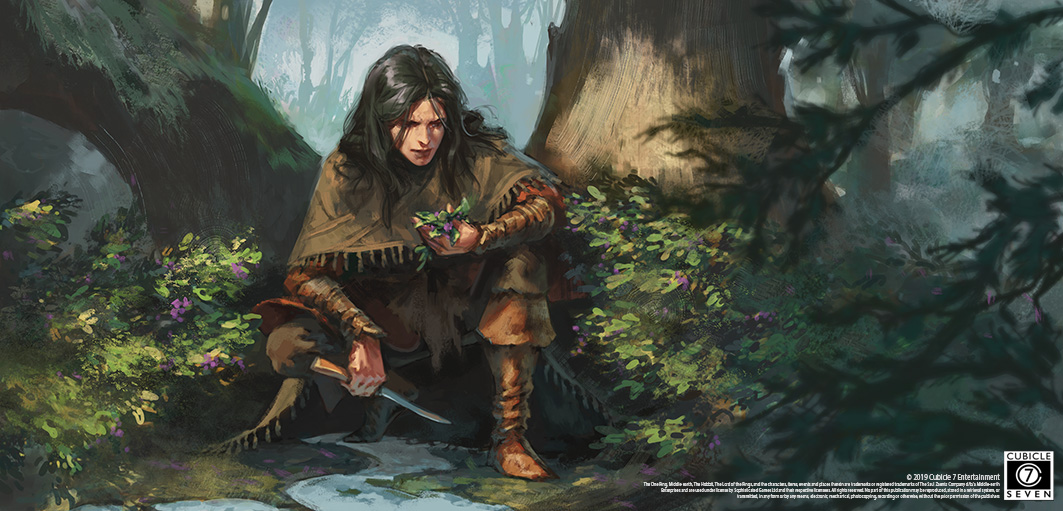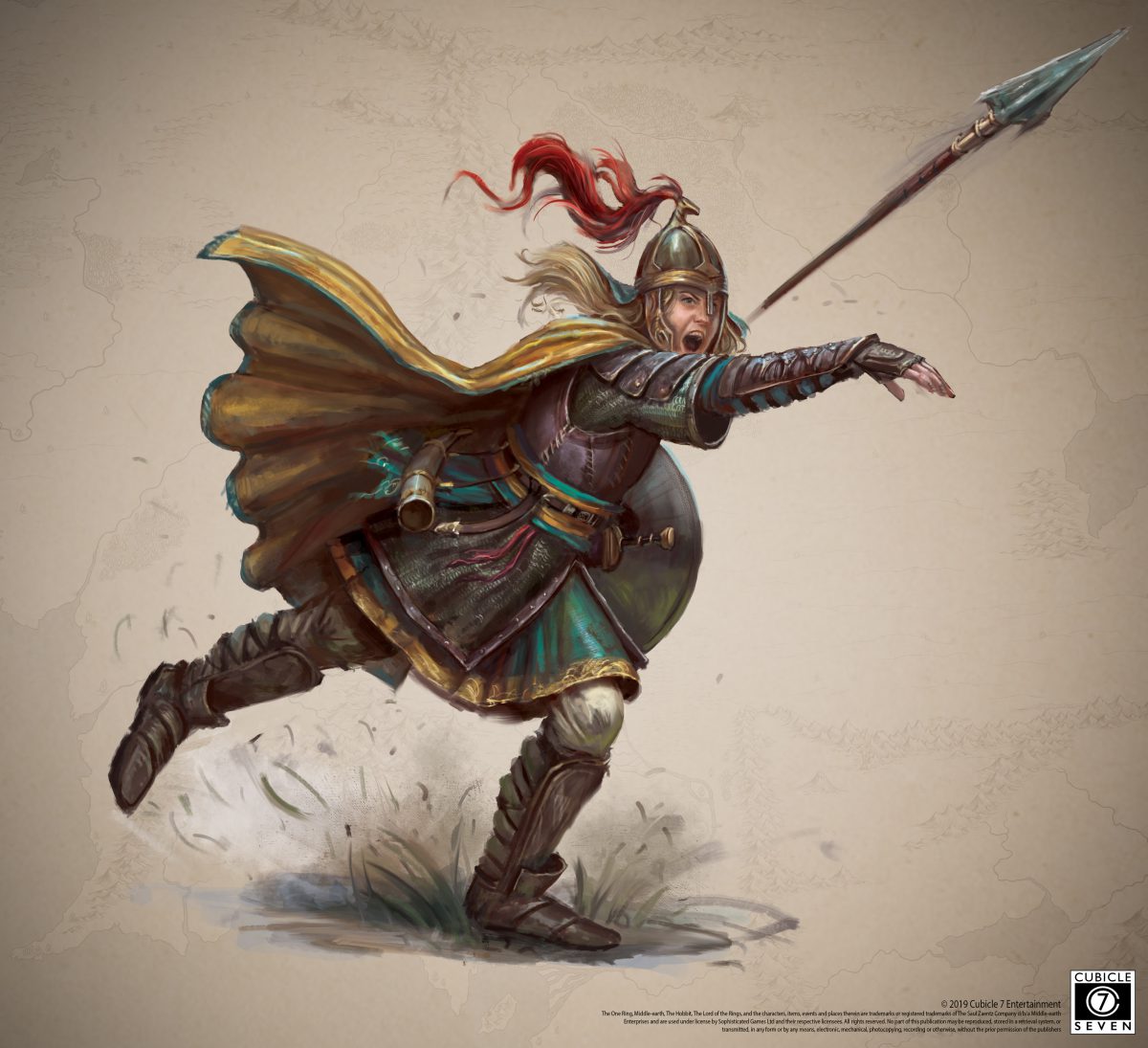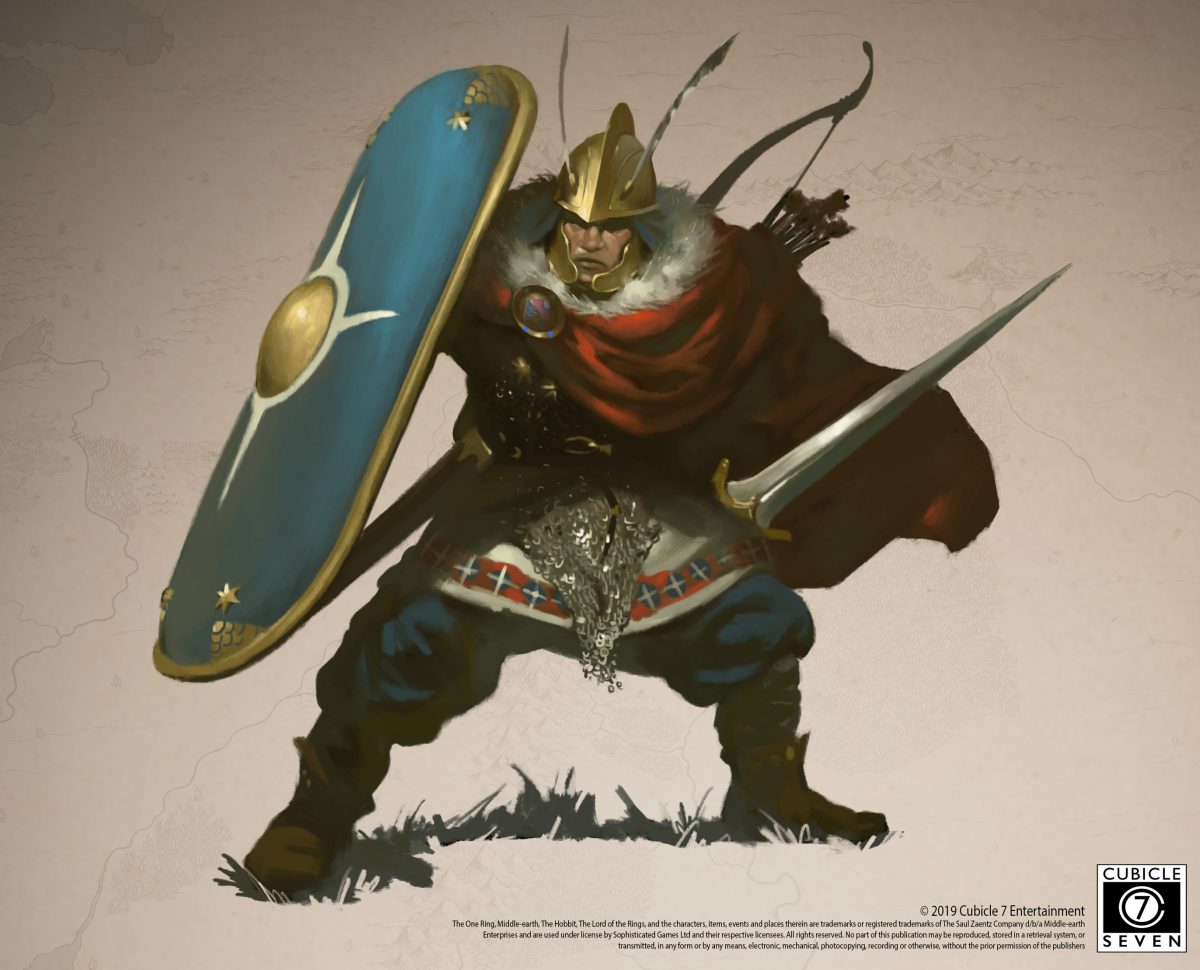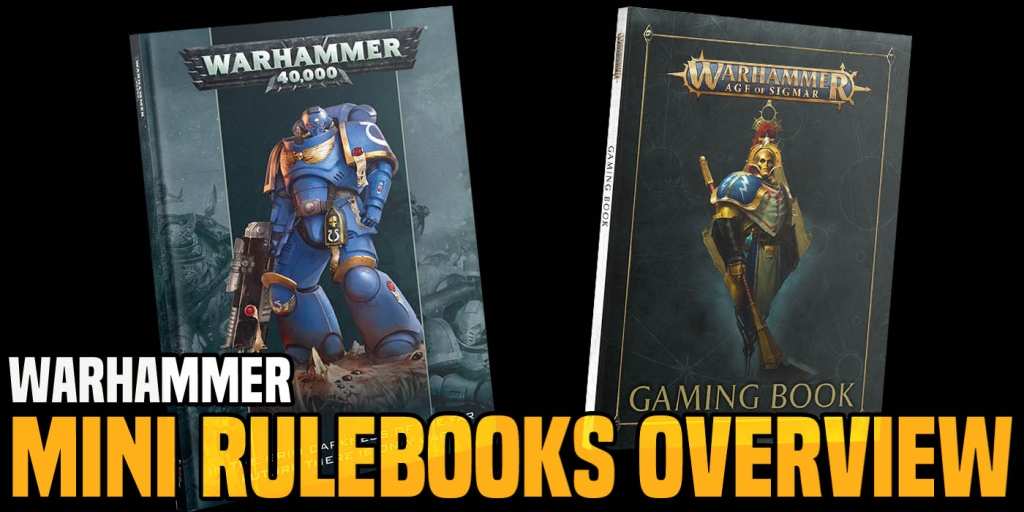RPG: The One Ring Rules Previews
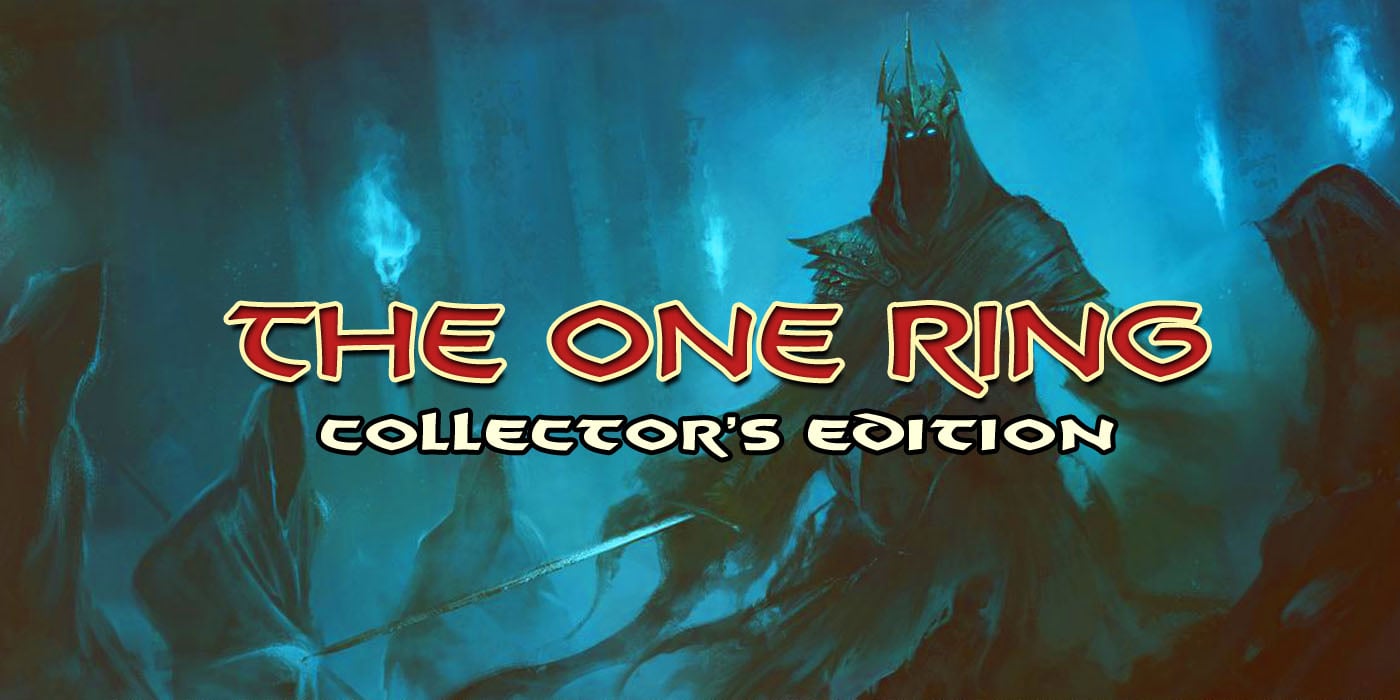

The One Ring is getting ready to take folks inside the world of Middle-earth, where they’ll be adventuring there and back again–and today we see how.
Cubicle 7’s The One Ring – The Lord of the Ring Roleplaying Game is nearing the release date for its brand new 2nd Edition ruleset. And today we’re going to take a look at how you’ll customize your character, tuning them to fit the heroic feel of Middle-earth, as well we’ll look at how combat works in the game. There’s a lot to go through, so let’s dive right on in, starting with some of the more narrative mechanics in the game: Specialties and Traits.
via Cubicle 7
One of the best ways to distinguish your hero from others is by Specialties and Traits. Specialties are things that your hero has learned: like Appraising, Horsemanship, Rhymes of Lore or Siege-craft. Traits are more inborn, like a hero’s tendency to be Bold, Gruff, Secretive or Wary.
When you’re in a situation involving a Common Skill roll and you think that a Speciality or Trait might apply, you can ask to invoke the ability and gain a bonus Success Die on the roll. If someone objects, the Loremaster adjudicates the action. Sometimes your Specialities and Traits can mean automatic success. After all, many things that the hero attempts succeed automatically, Specialities and Traits provide guidance for when your hero might be exceptionally prepared for the challenge. You can also use them to provoke unforeseen actions by using them in clever and unexpected ways. Finally, they can have an impact on improving your hero by providing guidance on when awarding additional Advancement Points is appropriate.
Specialties and Traits arise from a combination of your Culture and Calling. Furthermore, during the course of a game, you can continue to customise them. A hero that has spent months on the road might have a different set of abilities and concerns than their siblings and friends who remained behind. After all, Sam remained Steadfast from his first appearance to his last, but Merry and Pippin became Bold as a resut of their adventures. You might return home to find that the journey has changed you.
Advertisement
These are some fairly effective ways to denote how your character has grown. As they mention in the example, it’s a good way to show off how your character has changed (or not) over the course of the adventure. It spotlights your characters personality, which lets you model something like Boromir’s arrow-riddled arc or the friendship that blossoms between Gimli and Legolas.
Now let’s take a look at Combat, which is a stance-based fighting style, where how you’re fighting is as important
Like the original edition of The One Ring,most combats happen in the imagination of the players, and the heroes and enemies are not restrained by a grid or a set movement allowance. Instead, we care about the character’s approach to the fight. During your turn, you’re free to describe your hero’s actions and movements as they manoeuvre and engage with the enemy.
Advertisement
Are you being aggressive and charging into the scrum, regardless of danger? Then you are being Forward — you will be rewarded for your boldness, but you will also find that the enemy has an easier time hitting you! Perhaps instead you will be careful, protecting yourself and others and waiting for the right time to strike. You’re in Defensive stance. Or maybe you will engage the enemy with a balanced approach, bringing the fight to them without unduly exposing yourself to harm. This is the Open stance. Those heroes who stay back, covered by their friends, so that they can shoot at the adversaries are in Rearward stance.
When the time comes to actually fight, you’ll be rolling dice (because this is a roleplaying game, after all) and making some dramatic effects happen, depending on what sort of weapon you’ve decided to equip yourself with.
During combat, you’ll often be spending bonus Success Dice. You earn bonus dice by your Company’s preparation for the battle and you earn additional dice when you take either the Forward or Openstance. You can narrate the use of bonus dice as clever use of the terrain, a bold stratagem by yourself or your companions, or just simply superior skill at arms. Extra dice mean that not only are you more likely to score a hit, but you’re also more likely to earn superior successes in the form of the Tengwar runes that appear on the ‘6’ face of the Success dice.
Each Tengwar rune can be ‘spent’ in order to perform Special Damage. For example, your weapon might bite deeper, doing additional damage. Or you might be able to wrench an opponent’s weapon out of their hands, disarming them. Or break their armour or shield. Or land such a precise blow that the opponent must make a Protection test to avoid becoming Wounded (Wounded heroes have a harder time recovering Endurance, and many adversaries are slain outright when Wounded). The Special Damage options you have are unique to your weapon choice, allowing each hero the ability to contribute to the fight in different ways.
The One Ring: Lord of the Rings Roleplaying Game is available for pre-order now from Cubicle 7 Games.
Happy Adventuring!

